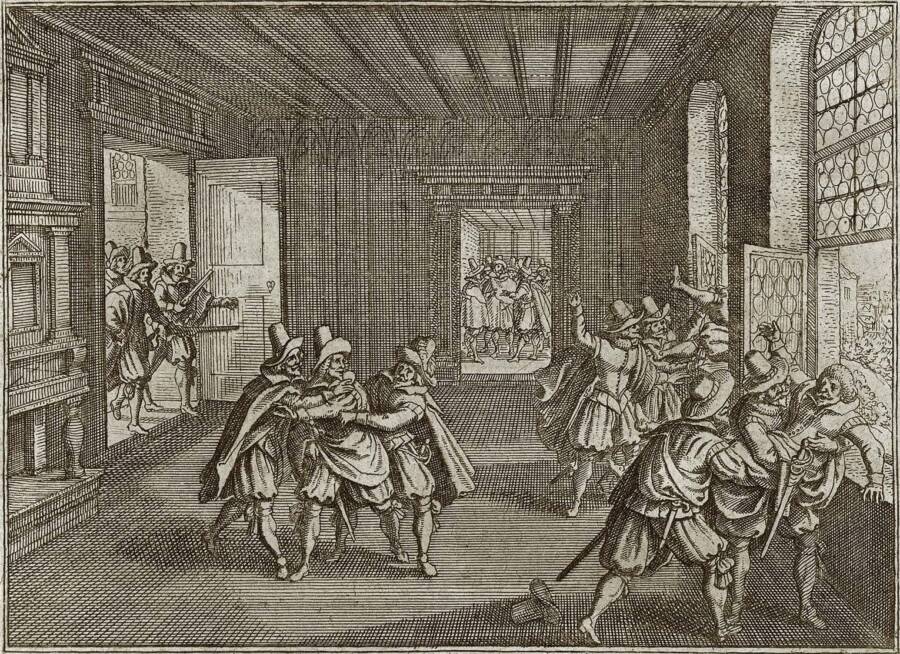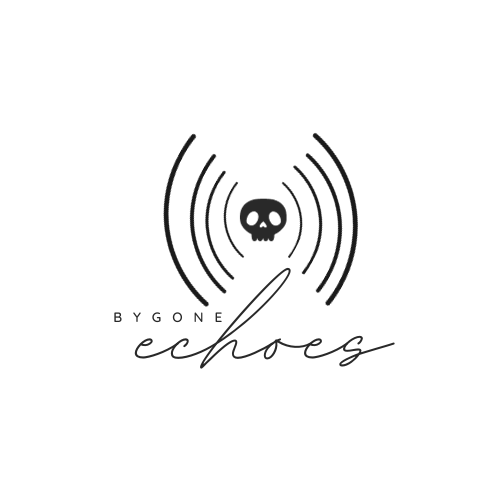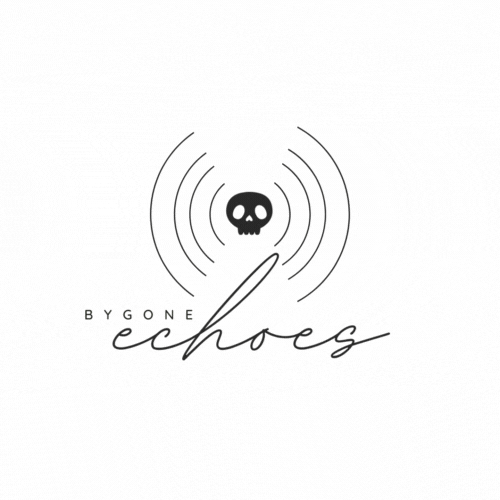When Windows Became Exits: The Defenestrations of Prague
TL;DR: The Defenestrations of Prague were when peeps literally yeeted political rivals out windows—twice! First in 1419, then 1618, sparking major wars and changing Europe forever. Basically, big window toss = big historical shifts.Ever had one of those days where you felt like throwing something out the window? How about throwing someone out the window? Well, we’re about to explore a peculiar yet pivotal slice of history where that’s exactly what happened. Not once, but twice! Welcome to the wild world of the Defenestrations of Prague, where politics and gravity mixed with a touch of dramatic flair.

A Window into the Past: Europe in the Renaissance
It’s the late Renaissance, a time that is teeming with vibrant intellectual and cultural exchanges, but not without its share of religious discord. Imagine Europe as a grand chessboard, where kings and queens strategize over territories and power, their moves punctuated by the swish of lavish garments and the clink of goblets. This is a time when fashion is as flamboyant as the politics, featuring elaborate ruffs, flowing gowns, and pointed doublets, each piece a statement of status and sophistication.
Artists like Leonardo da Vinci and Michelangelo are busy capturing the essence of the human spirit and the complexity of the natural world, their canvases awash with the rich textures that define the Renaissance. The streets hum with the whispers of new scientific ideas challenging old beliefs, driven by figures such as Galileo and Copernicus, whose theories about the cosmos push the boundaries of known reality.
In the heart of Bohemia, now known as the Czech Republic, the city of Prague stands as a dramatic stage set for political theater. It’s 1618, and the Holy Roman Empire is less an empire and more a complicated network of principalities teetering on the brink of conflict. Here, the air is thick with the tension between Catholic and Protestant factions, each fighting for dominance in an increasingly fragmented region.
Prague itself is a mosaic of architectural marvels and winding streets, where the echoes of footsteps in its grand halls mingle with the undercurrents of brewing storms. The locals, well-versed in the art of survival amid power struggles, have developed a rather dramatic method of dispute resolution—defenestration, or the act of throwing one’s opponents out of windows. This practice, though extreme, highlights the lengths to which individuals will go to assert their authority and influence in an era where power is precarious and allegiances shift like shadows at dusk.
In this charged atmosphere, where every corner of Europe is alive with both innovation and intrigue, Prague’s windows aren’t just for letting in light—they’re for making political statements that reverberate through history.
Defenestration, A Dramatic Gesture
Defenestration, from the Latin de (from) and fenestra (window), literally means to hurl someone out of a window. While it might sound like a shocking method of resolving issues, in Prague, it became a notorious political strategy. This dramatic gesture transcends mere personal aggression, symbolizing an extreme rejection of authority and a visceral demonstration of dissent.
The roots of this extraordinary act trace back to 1419. The scene: Prague, a city simmering with religious fervor. The actors: fervent Hussite protesters, followers of the reformer Jan Hus, who were locked in a bitter feud with the Catholic-dominated city council. The spark: when these protesters, inflamed by grievances against their rulers, hurled seven city council members from the window of the New Town Hall. This wasn’t just an act of protest but a declaration of war against the established order, igniting the fiery Hussite Wars that reshaped Bohemian history.
Fast forward nearly two centuries to 1618, Prague once again finds itself the stage for this drastic measure. The setting this time is Prague Castle, and the cast includes two Catholic regents and their secretary—representatives of the Habsburg Catholic monarchy, which was trying to impose its will on Protestant nobles. The atmosphere was charged with religious and political tension, a powder keg waiting to explode. The act of defenestration—throwing these representatives out of a high castle window—was the spark that lit the fuse of the Thirty Years’ War, a devastating conflict that would engulf much of Europe.
Each instance of defenestration in Prague were far more than acts of individual aggression; they were powerful, symbolic acts of rebellion that resonated across Europe, demonstrating the extreme measures people would take in the face of religious oppression and political tyranny. Prague’s peculiar method of handling disputes not only highlighted the high stakes of political and religious conflicts but also underscored the lengths to which individuals were willing to go to defend their freedoms.
The Gravity of the Situation
The gravity—pun intended—of throwing political rivals out of a window cannot be understated. The second Defenestration of Prague, particularly, underscores the severe religious and political divisions of the time, drawing parallels to the ideological splits in today’s societies. This dramatic episode was not merely about theological disputes but underscored deeper battles over power, governance, and the fight against perceived autocracy. The act of defenestration was both a profound declaration of dissent and a trigger for expansive conflict.
In 1618, when Protestant nobles tossed two Catholic regents and their secretary out of a castle window in Prague, their act of defiance highlighted how deeply embedded religious identities were in the political power structures, and how disputes over these issues could lead not just to isolated incidents of violence but to prolonged warfare that could consume continents. This historical event highlights the deep convictions and lengths groups will go to defend their beliefs and sovereignty. The defenestration symbolized the intense frustration of people feeling oppressed and unheard, sparking a war that reshaped European politics.
Today, while we don’t literally throw people out of windows, the essence of defenestration—standing against oppression—remains relevant. It reminds us that when pushed to the brink, people might take drastic actions. This serves as a warning about the risks of overlooking deep societal divisions and the potential for conflict when people feel marginalized.
A Leap into the Present
Imagine entering a heated debate today and, in a moment of extreme disagreement, resorting to throwing a colleague out a window! Fortunately, in our modern times, political and professional disputes, while still potentially intense, rarely involve such literal and drastic measures as defenestration. Nevertheless, the historical episodes of the Defenestrations of Prague resonate with contemporary themes of protest and political expression, showcasing the profound impact of radical actions on societal change.
These historical events remind us that actions often speak louder than words. In the case of Prague, throwing dissenting voices literally out the window was a vivid and forceful method of rejecting authority, with repercussions that echoed through the corridors of history. It was a clear, if extreme, demonstration of the populace’s refusal to accept oppressive conditions or governance against their will.
In today’s world, while we thankfully do not engage in such perilous methods of dispute resolution, the underlying principles of these historical acts remain relevant. Modern movements often employ dramatic and powerful gestures to capture public attention and press for change. From peaceful mass protests to symbolic acts like taking a knee during national anthems, these are the modern equivalents of defenestration—less about violence and more about sending a potent message.
The legacy of the Defenestrations of Prague serves as a reminder of the enduring power of bold actions in the pursuit of political and social reform. It teaches us about the lengths to which individuals and groups might go to make their voices heard and to challenge the status quo. As we reflect on these events, we recognize that while the methods of expression have evolved, the drive for justice and resistance against tyranny continues to shape our world, underscoring the idea that sometimes, to make history, one must first make a statement.
Looking Through the Window of History
Following the second Defenestration of Prague, the event’s shockwaves traveled far beyond the shattered glass on the castle floor, igniting the Thirty Years’ War—a devastating conflict that would ravage much of Europe. This brutal war, which spanned from 1618 to 1648, was not only one of the most destructive in European history but also a transformative period that reshaped the political and religious landscape of the continent.
The war’s conclusion with the Peace of Westphalia in 1648 marked a pivotal moment in world history. This series of peace treaties did more than just end a war; they laid the foundation for the modern concept of state sovereignty, establishing that nations are sovereign over their territories and the internal affairs within their borders—a principle that remains a cornerstone of international law and diplomacy. The treaties also contributed to the decline of the Holy Roman Empire and catalyzed the emergence of nation-states in Europe, shifting the balance of power and setting the stage for modern geopolitics.
The impact of the Defenestrations of Prague extended beyond the immediate political upheavals. These events highlighted the potent mix of religious tension and political ambition that characterized the era, illustrating how deeply intertwined religion and governance were and how this entanglement could lead to large-scale violence. The fall of those officials was not merely a dramatic spectacle; it was a stark manifestation of broader discontent and a symbol of resistance against tyranny. It showed that dramatic acts could and did lead to significant historical consequences.
As we reflect on the dramatic episodes of the Defenestrations of Prague through the metaphorical glass panes of history, we gain a deeper insight into the complex interplay of power, religion, and rebellion. These acts of gravity-defying protest were not merely about the act of falling; they were fundamentally about the forces that pushed them to the edge and the extensive waves they created across time. The legacy of these events teaches us about the transformative power of radical actions and the enduring impact of bold expressions of dissent.
Interested in Learning More?
For those of you itching to crack open the windows of history further, here are some fabulous resources:
- Books: “The Thirty Years War: Europe’s Tragedy” by Peter H. Wilson offers a deep dive into the era.
- TV Series: “The Story of Europe,” which provides vivid reenactments and comprehensive insights into Europe’s tumultuous history.
- Websites: Visit the Encyclopedia Britannica’s entries on the Defenestrations of Prague for a quick, detailed overview. https://www.britannica.com/event/Defenestration-of-Prague-1618
- Video Series: CrashCourse History #11 on YouTube, https://www.youtube.com/watch?v=cmKHYpC_jVs

